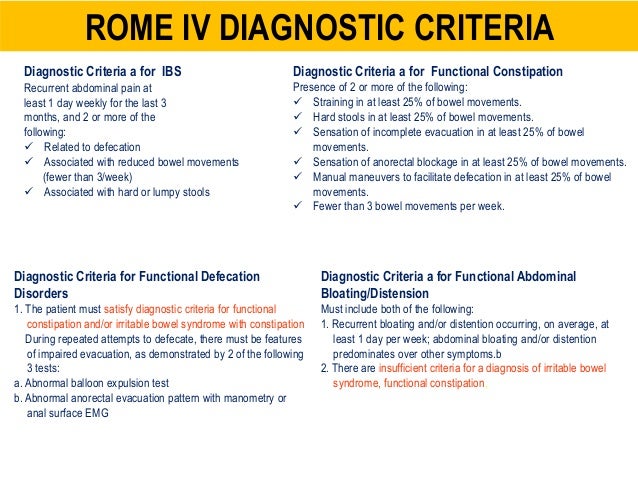
The stress can end up making your dyspepsia worse, which can make you worry even more.

You might feel anxious about when the symptoms will appear or worry about why you are feeling this way. Having dyspepsia can also take an emotional toll. The discomfort caused by dyspepsia can be very painful. You could also find it more difficult to enjoy activities such as going out to eat with friends or even have to take time off work if you’re feeling very unwell. You might avoid certain kinds of foods because they trigger your symptoms. Dyspepsia can be very uncomfortable and it can affect what you eat and do. If they're very strong or you get them a lot, then it's worth going to see a doctor to find out why.Īlthough dyspepsia isn't usually a sign of anything serious, it can still have a big impact on you. It's very common to experience these kinds of symptoms occasionally, but they are usually mild and infrequent. However, dyspepsia can happen for lots of different reasons, so you might not notice an obvious pattern in when your symptoms appear. You may also notice some of these symptoms after drinking. Dyspepsia happens while your stomach is busy digesting your food. You will usually experience these symptoms soon after eating, especially if you have had a big meal. It causes a painful or burning sensation in your chest that is known as heartburn. Acid reflux occurs when some of the acid in your stomach escapes up into your throat. Reflux can be considered one of the symptoms of dyspepsia, although it often happens on its own too. Many people who have dyspepsia will also be affected by acid reflux or heartburn. Discomfort or pain in your upper abdomen or chest.
#Functional dyspepsia full


No evidence that the dyspepsia is exclusively relieved by defecation or associated with the onset of a change in stool frequency or stool form (i.e.Dyspepsia(or indigestion) refers to symptoms located in the upper part of the abdomen or chest which are felt to be coming from the upper gastro-intestinal tract ie the gullet, stomach gallbladder and pancreas. No evidence of organic disease (including upper endoscopy) that is likely to explain the symptoms and Persistent or recurrent pain or discomfort centered in the upper abdomen Definition of functional dyspepsia, according to the Rome II working team:Īt least 12 weeks (which need not be consecutive), within the preceding 12 months, of the following:


 0 kommentar(er)
0 kommentar(er)
